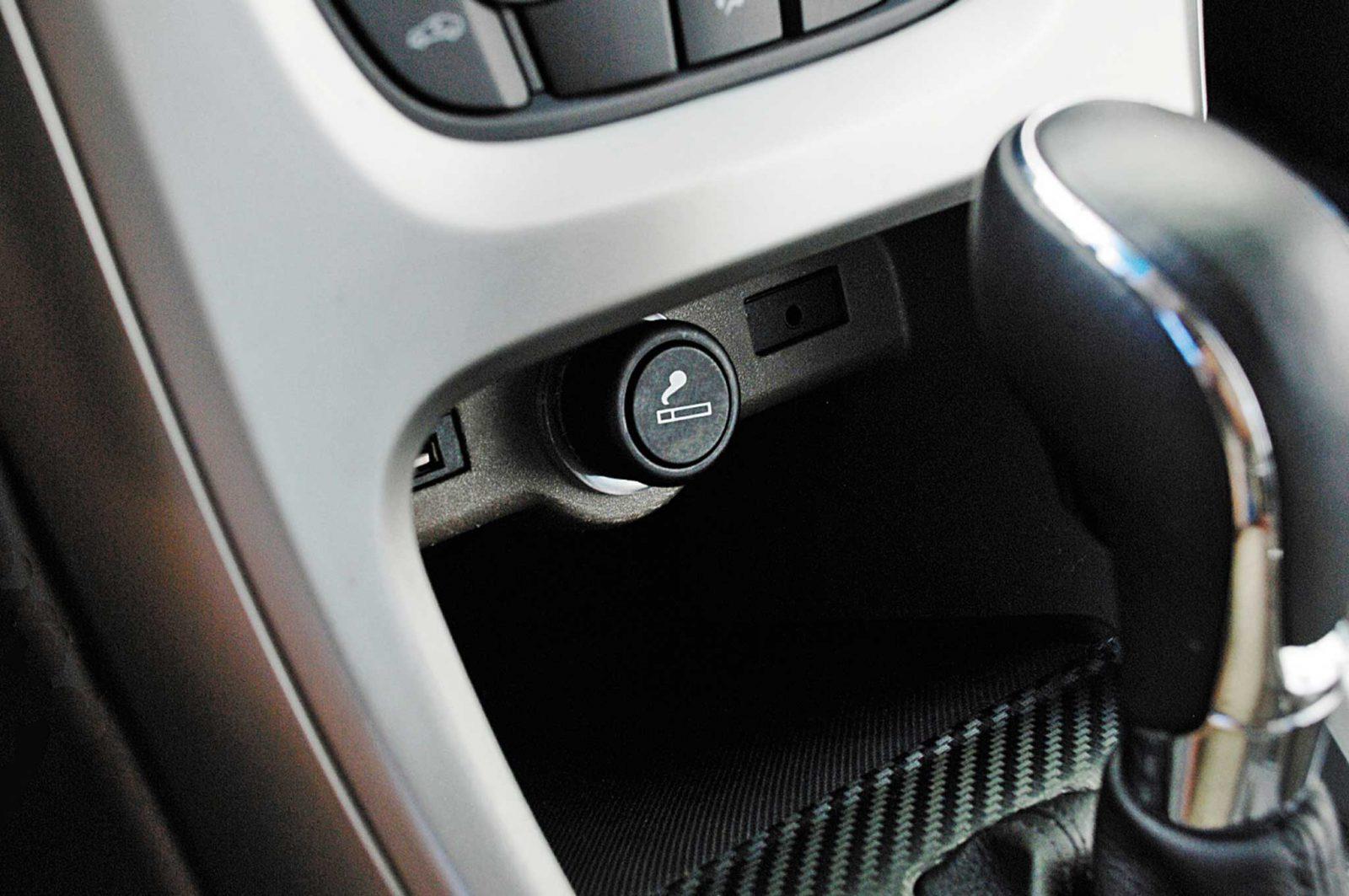If your cigarette lighter stops working, this guide will help you identify the blown fuse and replace it in your vehicle. You can also check the coils for debris and clean out the socket to restore functionality. Once you have performed the above steps, the cigarette lighter should work again. If it still doesn’t work, you may want to contact your mechanic for further assistance. Regardless of your vehicle’s age, a broken cigarette lighter socket is always a frustrating experience and can even lead to a car accident.
Identifying the right cigarette lighter fuse
If the cigarette lighter does not light, the fuse in the socket may be blown. If the fuse is blown, you should replace it with a similar ampere rating. Replacing the wrong fuse could cause more damage to your vehicle. Changing the fuse can be a tricky task if you do not know what to look for. If you want to replace the fuse yourself, here are some tips.
To test the fuses, remove the cigarette lighter’s lid. Some fuses are labeled differently, but you can usually find the one you’re looking for by opening the fuse box lid and searching for a “CIG” fuse. Using a multimeter, check for continuity to identify which fuse is blown. When it beeps, you can proceed with replacing the fuse.
Checking the coils
You can test your car’s cigarette lighter ignition coil by simply swapping it with a neighboring one. Then use an ignition tester to compare the spark intensity. If the test fails, you’ll know which coil is the problem. If it fails, you should replace the coil. If it fails to give you an accurate reading, you may have a malfunctioning ignition coil. However, testing your cigarette lighter ignition coil by hand can be tricky. In such a situation, it’s better to go to a professional shop that has advanced diagnostic tools.
The cigarette lighter socket and connectors should be free of debris. Debris and dirt can cause a hot spot on the coil and may break the circuit. This is bad, since your cigarette lighter won’t function if its coils are damaged. To test the cigarette lighter, turn the ignition switch to “ACC” or “On.” Use the positive lead of a meter and touch it to the element at the center of the socket. The negative lead should be touching the wall of the socket.
Replacing a blown fuse
Your cigarette lighter socket is one of the most frequently overlooked parts of a car. You may not realize it, but it’s a common source of trouble for many drivers. The socket is often faulty and can be easily fixed. To test if it’s the cause of the problem, plug your phone charger or another electrical device into it. If the power still flows through the socket, you probably have a blown fuse.
Fuse is an important part of a car electrical circuit. It protects the wiring inside the socket from damage. If it fails to protect your car, you’ll need to replace the fuse. The cigarette lighter socket fuse is labeled with a unique number and color. It can handle up to 20 amps of current. Replace the fuse immediately if you notice the problem persists.
Cleaning the socket
If you have noticed your cigarette lighter isn’t working, you should clean the socket of your car. The socket may be clogged with dust and debris. Different metal types work better in certain car sockets than others. Check the fuse and connections to make sure everything is tight and free of corrosion. The lighter socket may also have been damaged by a corrosive substance such as rust.
To begin, remove the cigarette lighter plug. The socket is usually clogged with debris, so it’s important to make sure it’s clean. Next, unplug the lighter to clean the socket. You can use alcohol to clean the socket of the cigarette lighter. Alternatively, you can use a paper clip or a pen to clean it. Before cleaning the socket, make sure you turn the lighter off.

